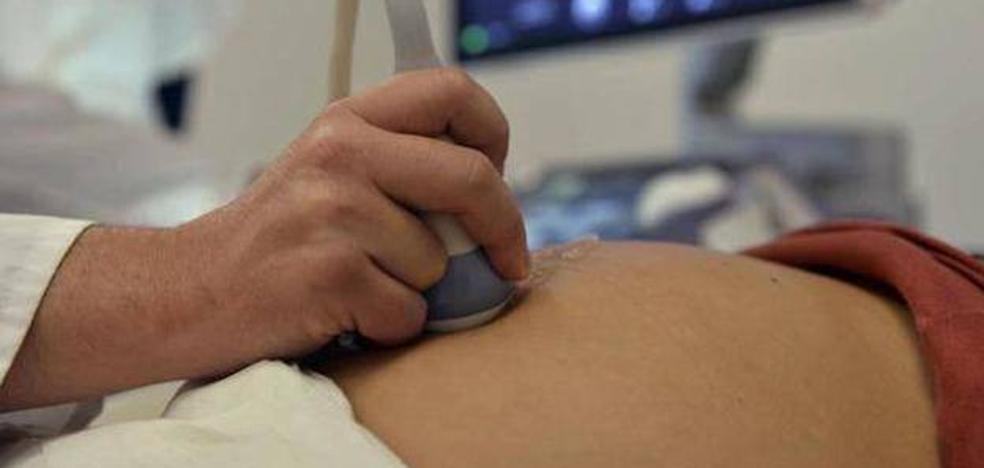A doctor performs an ultrasound on a pregnant woman, in a file image. /
The Community remains among the five autonomies that refer practically all interventions to the private sector
The 2021 abortion statistics, published last week by the Ministry of Health, reflects the performance of a single intervention of this type in public health in the Region of Murcia throughout that year, compared to the 3,266 that were carried out in private clinics in the Region. The Ministry raises to 9 the number of voluntary interruptions of pregnancy practiced in La Arrixaca – all of them from the 22nd week of gestation – and justifies that the Ministry has not been notified for “merely bureaucratic reasons”, related to the computer system.
But beyond this dance of figures, what the statistics reflect is that, for yet another year, the Region of Murcia remained in the group of communities that practically refer all abortions to subsidized centers. In Extremadura, there is no record of any intervention in its public health, while the Madrid Health Service only took on 2 of a total of 15,188. The public systems of Castilla-La Mancha and Aragón only reported 2 and 5 abortions, respectively.
These figures contrast with those of Cantabria, the Balearic Islands and Catalonia, where the public network performed 67%, 62% and 52.5% of the voluntary interruptions of pregnancy, respectively. In other communities, out-of-hospital abortions continue to be referred mainly to private abortions, but the same is not the case with those carried out in hospitals, which are mainly assumed by the regional health services. This is the case of Asturias, the Basque Country, the Canary Islands, the Valencian Community and Navarra.
The statistics of the Ministry reflect, in short, great differences between territories. Throughout Spain, the percentage of abortions performed in the National Health System has gradually increased in recent years, but still does not reach 16%. Of the 90,189 interventions registered throughout the country in 2021, just over 14,000 were performed in public health.
The new abortion law drawn up by the Ministry of Equality, which has already been approved in Congress, aims to change this reality and establishes that the public system will be the reference network for voluntary interruptions of pregnancy. The subsidized centers must remain as support for when it is not possible to carry out these interventions in public centers, according to the new legal text.
The Ministry assures that there were eight other interruptions that do not appear in the data for “bureaucratic reasons”
The model holds
But, for now, the Ministry of Health does not plan to modify the current model in the Region of Murcia. In fact, last June it awarded various private clinics the performance of the vast majority of abortions over the next four years, for 6.4 million euros. Public health will only assume directly the interruptions, very exceptional, that occur over 22 weeks of gestation. These cases have to go through a clinical committee that certifies an extremely serious disease in the fetus. Women who interrupt their pregnancy after week 20 due to fetal pathology may also finish the process (dilation and expulsion) in public health, but previous treatments will continue to be carried out by private clinics.
All this in a region where the abortion rate is above average. Last year, 11.46 interventions were performed for every 1,000 women between 14 and 44 years of age. Only Asturias, the Balearic Islands, Madrid and Catalonia exceed this figure.
#Health #reported #abortion #public #health #Region #Murcia










